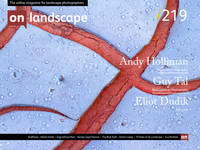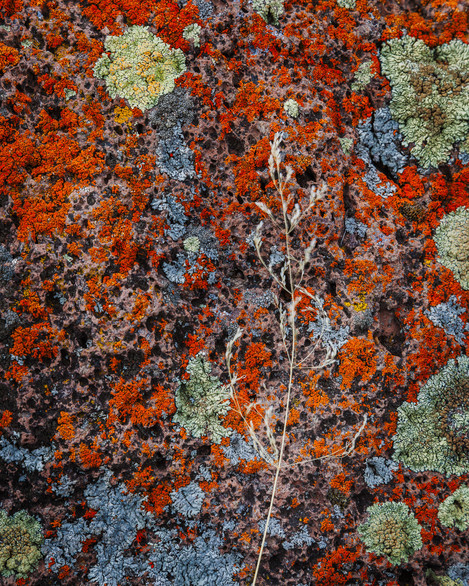The Willing Suspension of Recognition
This question of realism, let it then be clearly understood, regards not in the least degree the fundamental truth, but only the technical method, of a work of art. Be as ideal or as abstract as you please, you will be none the less veracious. ~ Robert Louis Stevenson
Two experiences come to my mind when I think about abstract art. The first occurred nearly two decades ago at the Museum of Modern Art in San Francisco. I was there to see an exhibit celebrating what would have been Ansel Adams’s 100th birthday. After getting my fill of photography, while wandering around the museum, I heard muffled giggling from one of the other exhibit halls. A young couple was standing in front of what seemed to be a large purple rectangle hanging on the wall, pointing and snickering. I waited for them to leave and went to take a closer look. I wondered if I had missed something; but no, that’s all it was: a large purple rectangle hanging on a white wall. My next thought was: “This is why so many people think modern art is absurd,” but I soon realised that several seconds had passed and I was still standing there, transfixed, staring at the thing. Its colour mesmerised me: a shade of deep, warm violet I have never seen before and can’t describe. It seemed to penetrate my mind and dominate my attention despite offering no details, or anything else I could associate any coherent meaning with. Something about it was jarring to me and I couldn’t look away. I could feel it in my gut, and I enjoyed it. Hours later, I still thought about it and something in me wanted to go back, just to stand there and stare at it again.
The second experience happened when I was a university student. On my way to meet a friend at the art school, I noticed a poster of stacked white and coloured rectangles hanging in one of the halls. When my friend arrived, I pointed to the poster and made a cynical remark. “It’s a tree,” my friend told me, and at first I thought he was joking. He pointed to another poster—a beautiful painting of a red tree against a blue backdrop hanging further down the hall—and told me it was painted by the same artist: Dutch painter Piet Mondrian.



